29 May Matías Costa, «Zonians»
En esta exposición, Matías Costa vuelve a interesarse por el territorio, la identidad y la memoria, temas recurrentes en su obra fotográfica. Con este cuerpo de trabajo asume una investigación casi antropológica sobre una comunidad a punto de extinguirse.
Durante casi cien años, miles de estadounidenses vivieron desahogadamente en tranquilas comunidades tropicales a orillas del Canal de Panamá. Conocidos como Zonians, se encargaban del mantenimiento de una de las mayores obras de ingeniería del mundo, hasta su devolución a Panamá en 1999. Desde entonces se reúnen anualmente en Florida para evocar su paraíso perdido, conscientes de que cuando ellos desaparezcan su comunidad se habrá extinguido para siempre.
En plena selva panameña, fue donde un puñado de estadounidenses creyó haber encontrado la tierra prometida. Los Zonians fueron despojados de sus privilegios en 1999, cuando el Canal de Panamá dejó de ser territorio norteamericano. Así terminaba casi un siglo de existencia colonial en un territorio construido a medida donde los Zonians vivían en una burbuja autosuficiente, practicando una especie de socialismo sostenido por el gobierno más capitalista del mundo.
Tras ayudar a Panamá a conseguir su independencia de Colombia a principios del siglo XX, el gobierno norteamericano se aseguró los derechos a perpetuidad de una lengua de tierra de 16 km. de ancho a la que llamó la Zona del Canal de Panamá. Comenzó entonces la construcción de una de las obras de ingeniería más ambiciosas de la historia, convirtiendo la región en una zona estratégica para la política intervencionista estadounidense en Latinoamérica.
Desde su partida, la Sociedad del Canal de Panamá organiza una convención anual en Florida para los antiguos habitantes de la Zona que rememoran con nostalgia su paraíso perdido.
Hoy día algunos jóvenes Zonians están volviendo al hogar de su infancia en Panamá, un siglo después de la construcción de la arteria que unió dos océanos.
Esta serie, realizada entre 2011 y 2013 en el Canal de Panamá y Orlando, sigue las huellas de los Zonians y los últimos momentos de su existencia como comunidad.
Matías Costa asume un trabajo creativo que no pretende definir sino evocar, indagar en las dudas e incertidumbres, en la inquietud en torno a temas que, deliberadamente o no, siempre vuelven: el desarraigo, la trashumancia cultural, las migraciones, la imposibilidad de un destino definitivo o de una pertenencia inequívoca, la identidad erigida sobre lo fragmentario y disperso, las readaptaciones y la extrañeza son temas que convierten el trabajo de Costa en una especie de arqueología de la memoria.
Miembro de la agencia británica Panos Pictures y representado por la galería Freijo. Colabora con medios como The New Yorker o El País Semanal. Es profesor de Fotografía Documental de Autor en las escuelas EFTI, TAI y LENS de Madrid.






Sorry, the comment form is closed at this time.